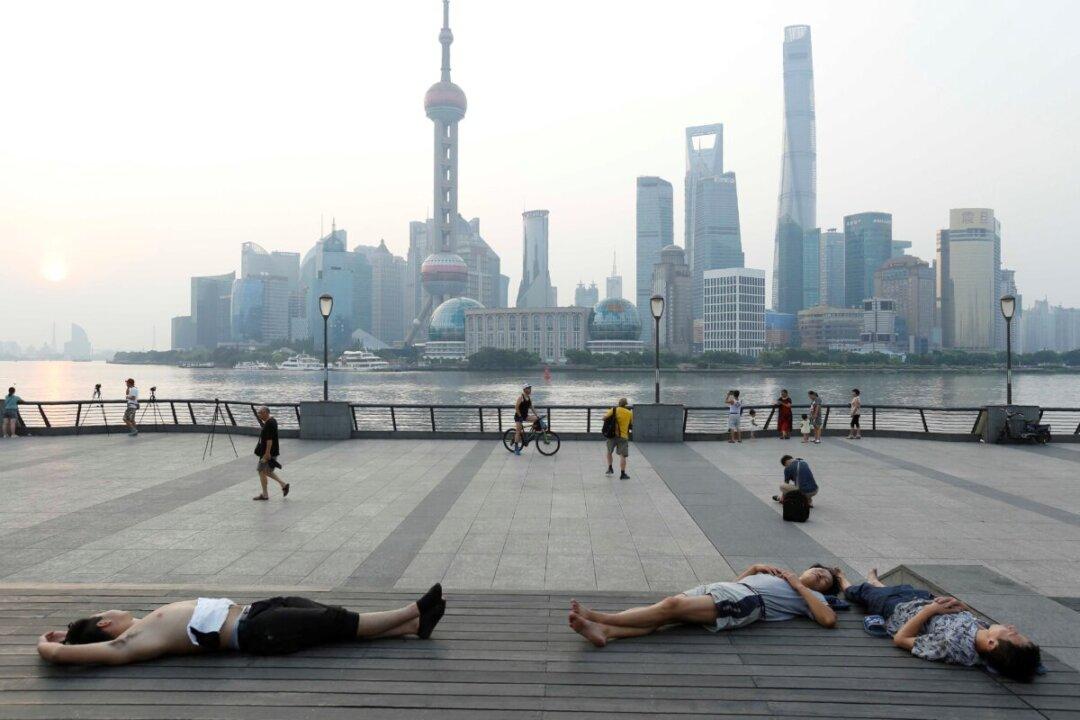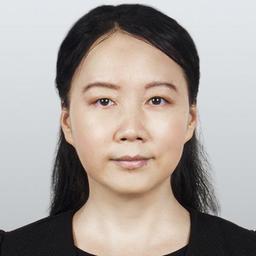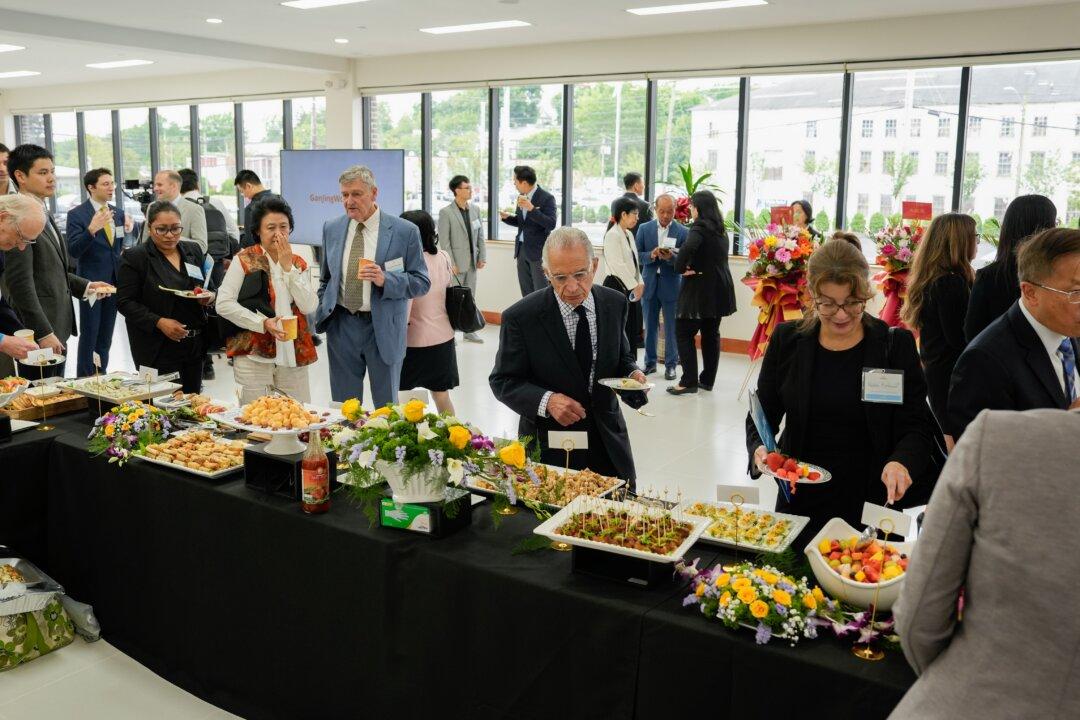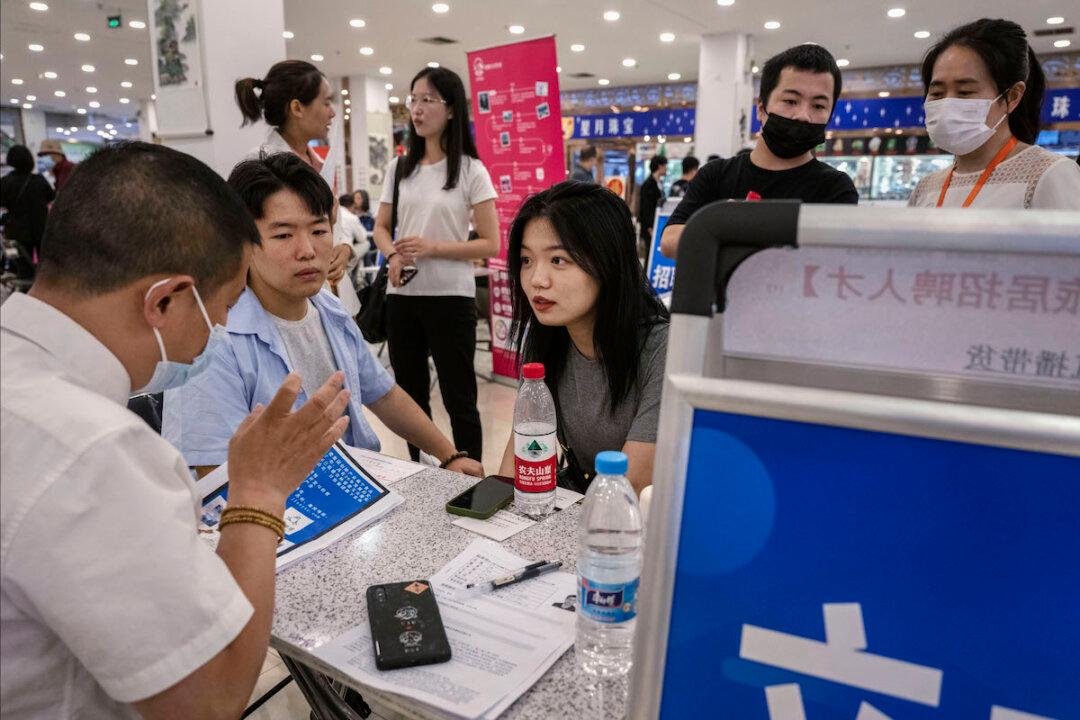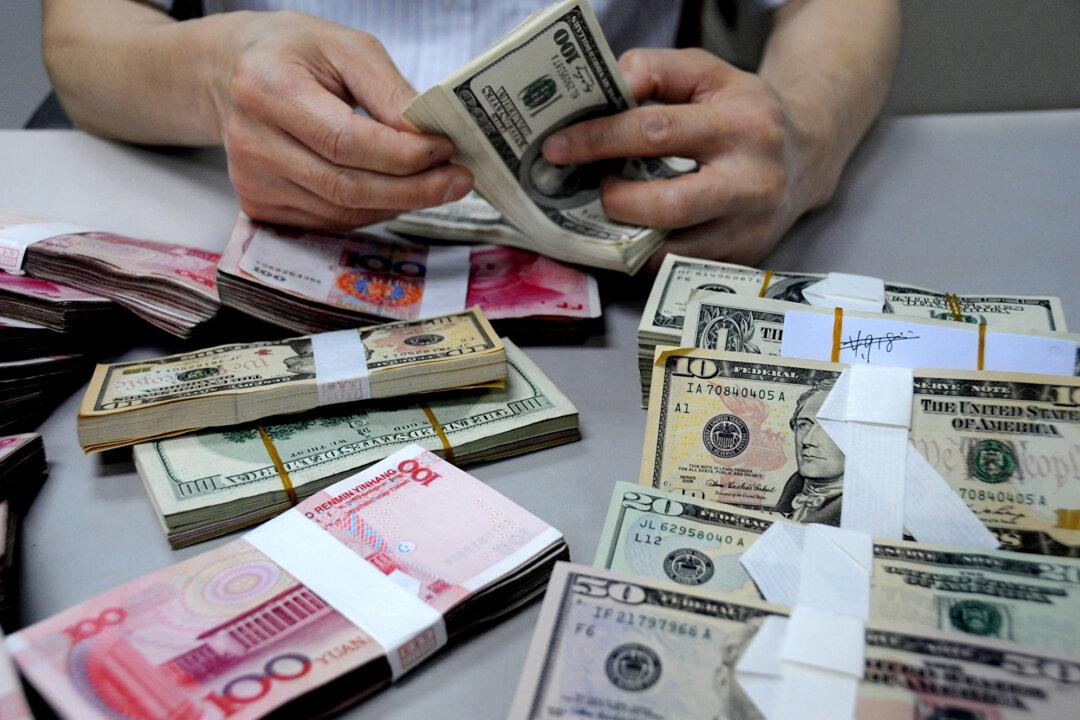Power cuts and limitations imposed in parts of China amid extreme heat waves have caused production halts and supply chain disruptions. Coming after two years of pandemic-related restrictions, the restrictions have added to the difficulties of foreign companies like Tesla.
Tesla, seen as the most influential foreign auto giant in China, is facing operating woes due to the country’s electricity limitations.
